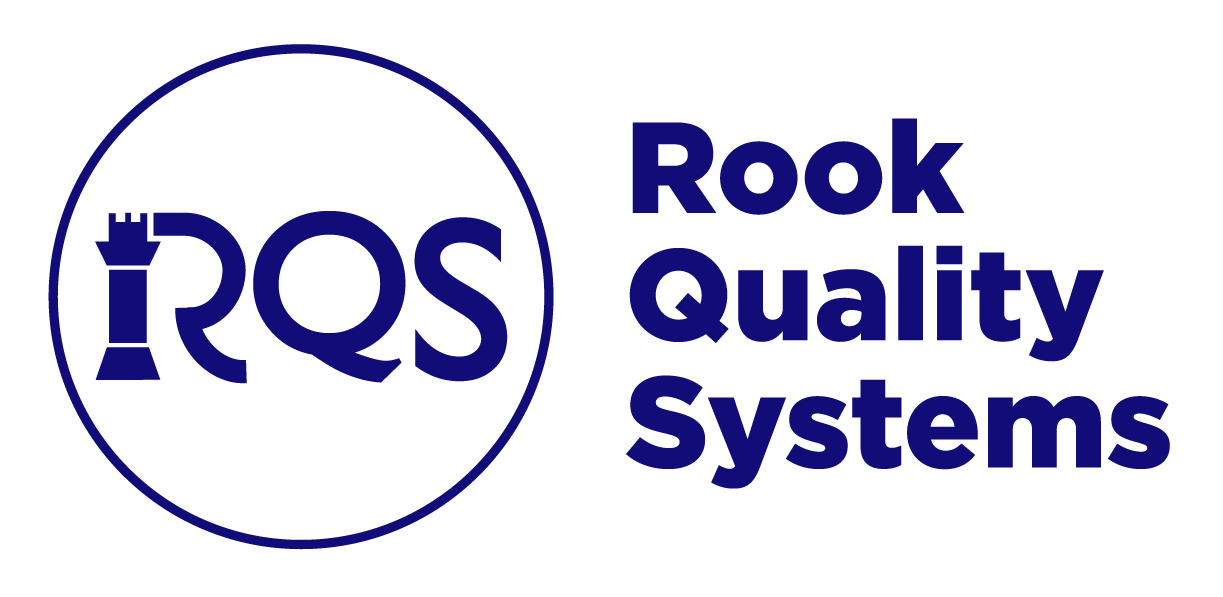Understanding the FDA Changes to LDT Regulations
This post is part of a two-part series. You can read Part 1 here
In the ever-evolving landscape of medical technology, the regulation of Laboratory Developed Tests (LDTs) has become a focal point for the Food and Drug Administration (FDA). The FDA, considering itself responsible for overseeing these tests, has taken a closer look at their definition and usage, especially as they intersect with interstate commerce. There exists a clear regulatory gap in the Clinical Laboratory Improvement Amendments (CLIA), which while playing a crucial role in ensuring the quality of laboratory testing, falls short in several key aspects when it comes to LDTs. The FDA considers an IVD test not to be an LDT if it is designed or manufactured completely or partly outside of the laboratory that offers and uses it. This crucial distinction helps the FDA determine whether a test falls under its regulatory purview. Laboratories, medical professionals, and manufacturers must navigate these regulatory nuances to ensure compliance and, most importantly, to provide safe and effective diagnostic tests for patient care.
What CLIA doesn’t do for LDTS:
1. Ensuring Safety and Effectiveness
CLIA lacks a mechanism to ensure the safety and effectiveness of LDTs before they hit the market. This gap raises concerns about the potential risks associated with diagnostic tools that haven’t undergone rigorous scrutiny.
2. Assessing Quality and Design of Device Manufacturing
The quality and design of device manufacturing for LDTs are not subject to CLIA oversight. This omission leaves room for variations in manufacturing practices that could impact the reliability of test results.
3. Mandatory Requirements for Labeling and Instructions For Use (IFU)
Unlike other regulated medical devices, CLIA does not mandate specific requirements for proper labeling and clear directions for the use of LDTs. This lack of standardized information may pose challenges for healthcare professionals and end-users.
4. Ensuring Truthful and Not Misleading Advertising
CLIA does not have provisions to monitor and regulate the advertising of LDTs. This absence raises concerns about the potential for misleading information, impacting informed decision-making by healthcare providers and patients.
5. Well-Defined Adverse Event Reporting Mechanism
Unlike regulated medical devices, there is no established mechanism within CLIA for reporting adverse events related to LDTs. This gap hampers the timely identification and response to potential risks associated with these tests.
6. Well-defined Removal Mechanism from the Market
CLIA does not provide a structured process for removing LDTs from the market. This absence raises questions about the accountability and responsiveness of the regulatory framework in addressing emerging concerns.
The Impact of the COVID-19 Pandemic:
The COVID-19 pandemic has thrust the spotlight on the regulatory concerns surrounding LDTs. The heightened demand for rapid and innovative diagnostic solutions led to the development and distribution of LDTs from high-complexity laboratories to a broader market. This shift highlighted the gaps in the existing regulatory framework, prompting a reevaluation of the oversight needed for these tests.
What You Need to Know
The Food and Drug Administration (FDA) has recently introduced a proposed rule aimed at reshaping its approach to Laboratory Developed Tests (LDTs). LDTs, often developed by laboratories for in-house use, have enjoyed a level of enforcement discretion from the FDA. However, the proposed policy marks a shift toward increased oversight to ensure the safety and effectiveness of In Vitro Diagnostics (IVDs) offered as LDTs. The FDA is looking to phase out its general enforcement discretion approach to LDTs. The agency believes that this shift will foster responsible innovation in both laboratory and non-laboratory IVD manufacturers. By assuring the safety and effectiveness of IVDs offered as LDTs, it aims to remove disincentives for non-laboratory manufacturers to develop novel tests.
How RookQS can Help
At RookQS we can help clients navigate through the regulatory pathway whether their product is classified as a LDT or an IVDR. We assist clients in following the least burdensome approach to the market while fulfilling all the requirements of the FDA simultaneously ensuring that the product is safe and effective for the end users. Right from the onset of the project implementation when we conduct a preliminary risk-benefit analysis to suggest design modifications to the last phase of the project which would involve postmarket surveillance of the product, our clients have immensely benefited from our services. The regulatory landscape is continually evolving, but we at RookQS are at the top of our game!
References:
- FDA CDRH Webinar on the Proposed Rule: Medical Devices; Laboratory Developed Tests: https://www.youtube.com/watch?v=WG_YKHTzTjw
- The Return of VALID: What the Future Holds for IVDs and LDTs: https://www.polsinelli.com/events/the-return-of-valid-what-the-future-holds-for-ivds-and-ldts
- FDA Proposes Rule Aimed at Helping to Ensure Safety and Effectiveness of Laboratory Developed Tests (FDA News Release): https://www.fda.gov/news-events/press-announcements/fda-proposes-rule-aimed-helping-ensure-safety-and-effectiveness-laboratory-developed-tests
- FDA Regulation of Laboratory-Developed Tests (LDTs). Congressional Research Service news report: https://crsreports.congress.gov/product/pdf/IF/IF11389
- FDA proposes long-awaited LDT enforcement rule. Regulatory Focus – A RAPS Publication: https://www.raps.org/news-and-articles/news-articles/2023/9/fda-proposes-long-awaited-ldt-enforcement-rule
